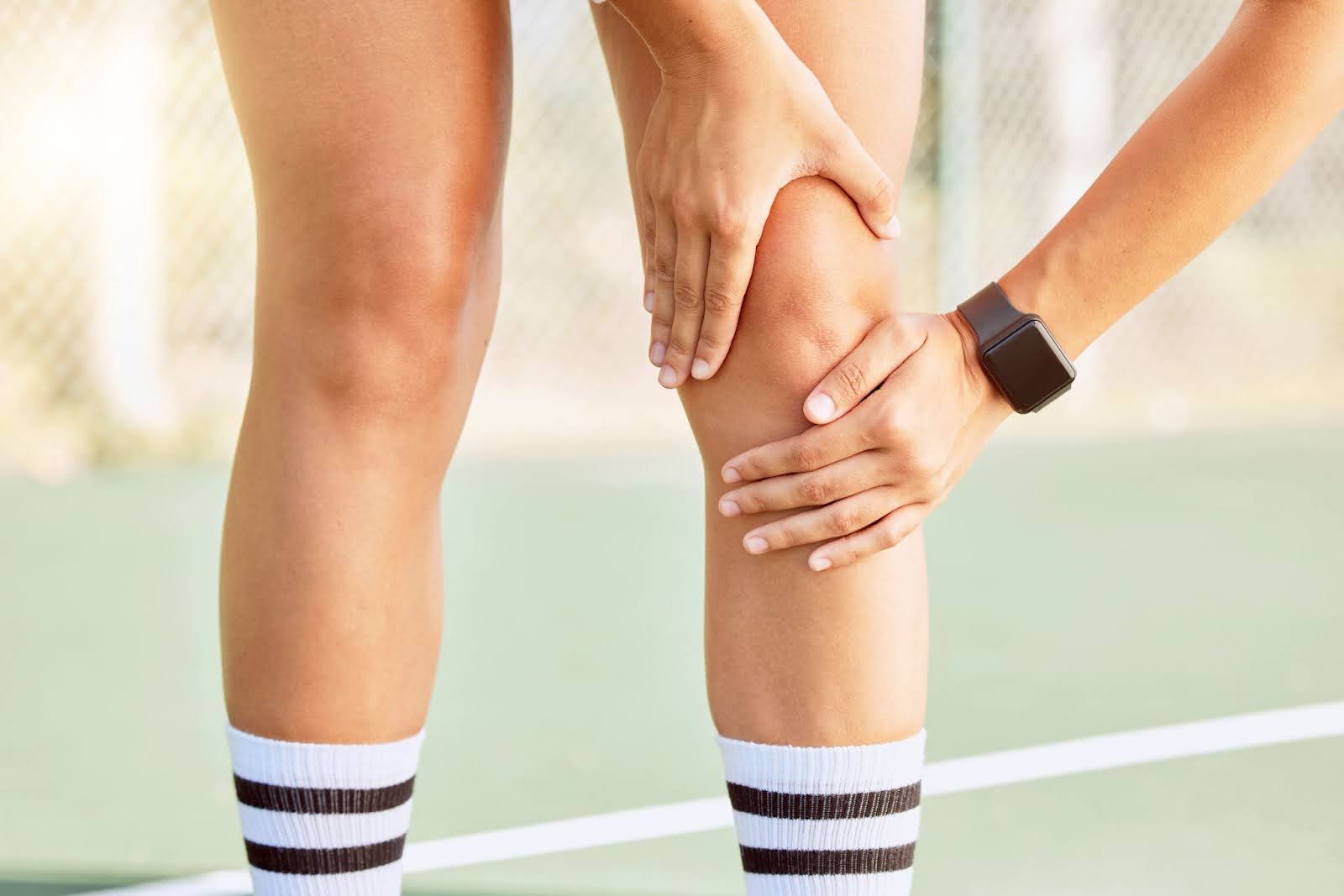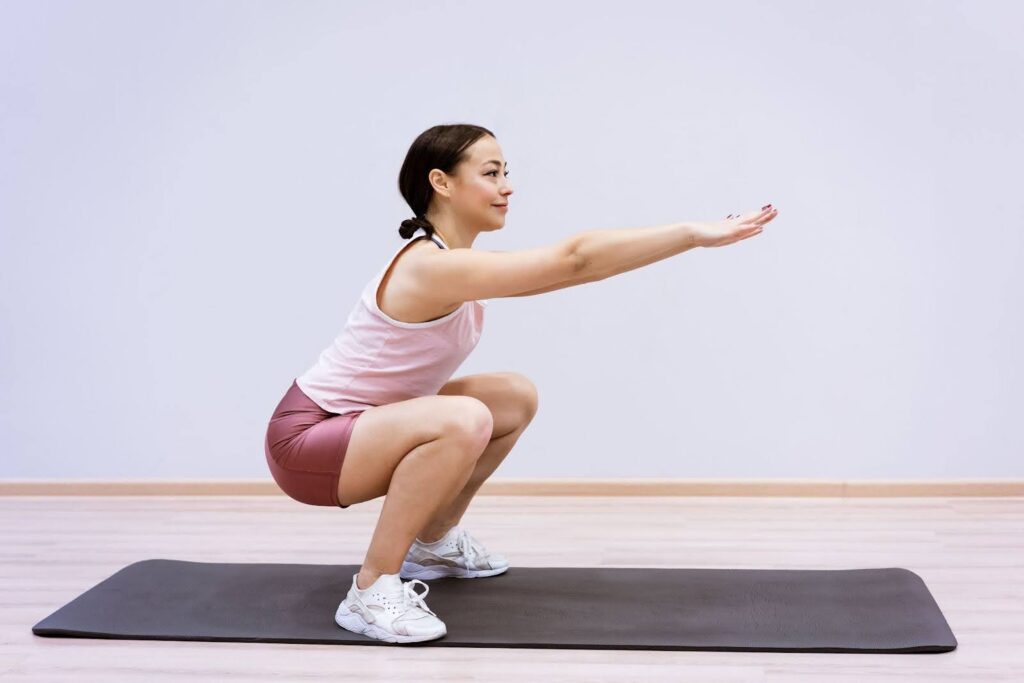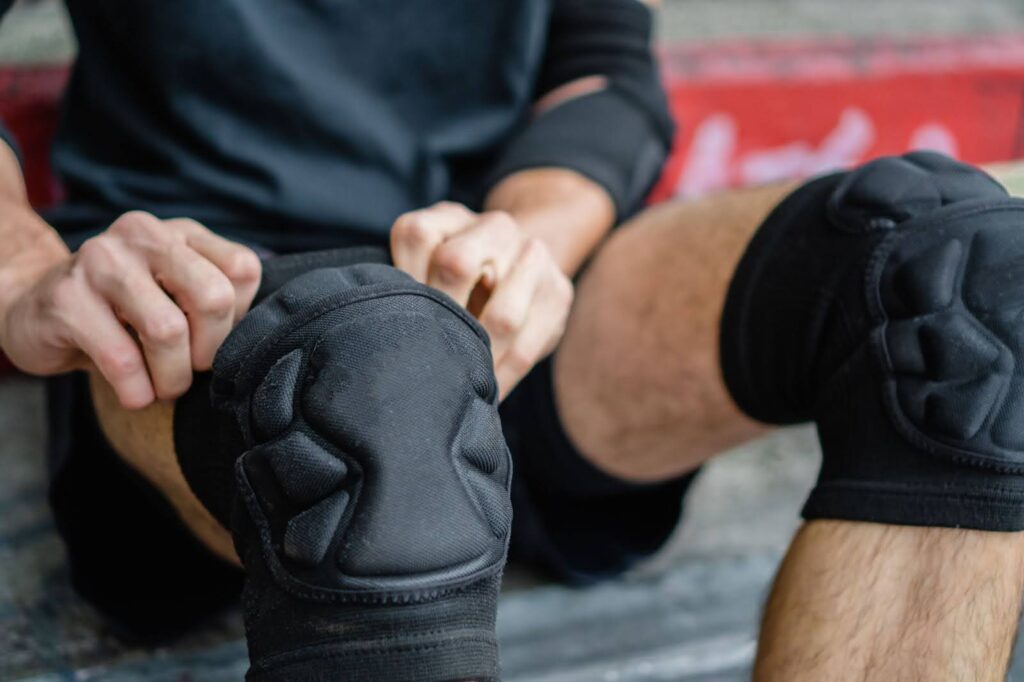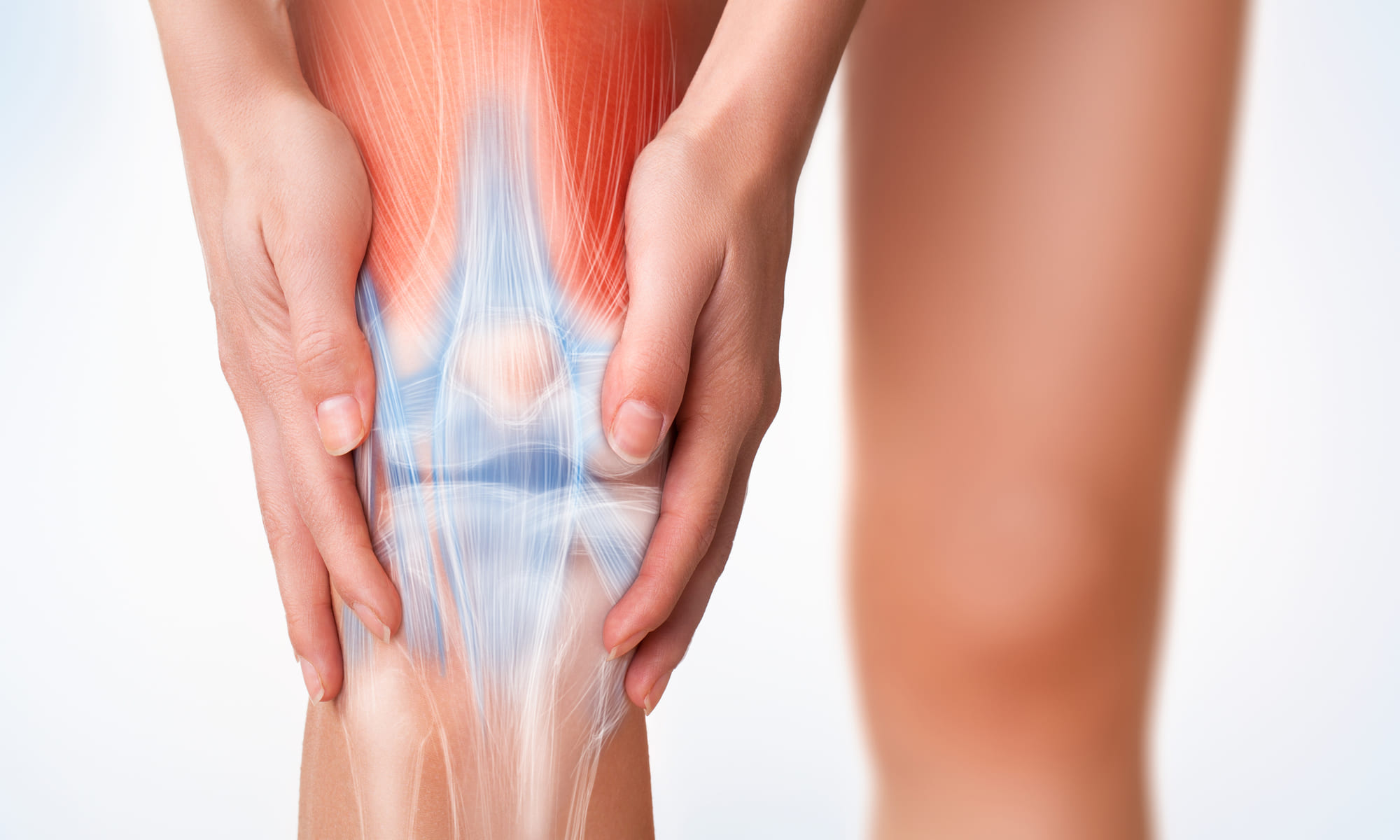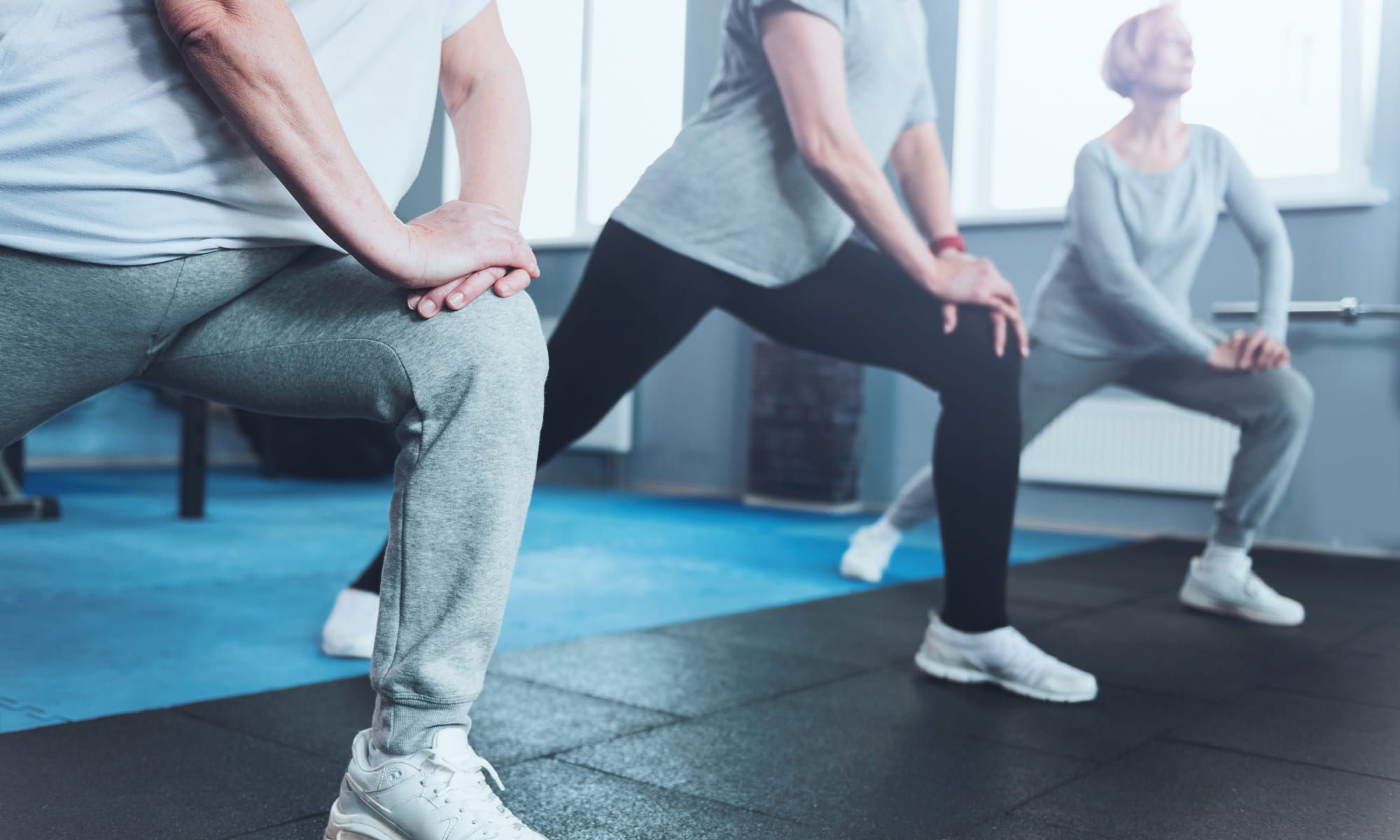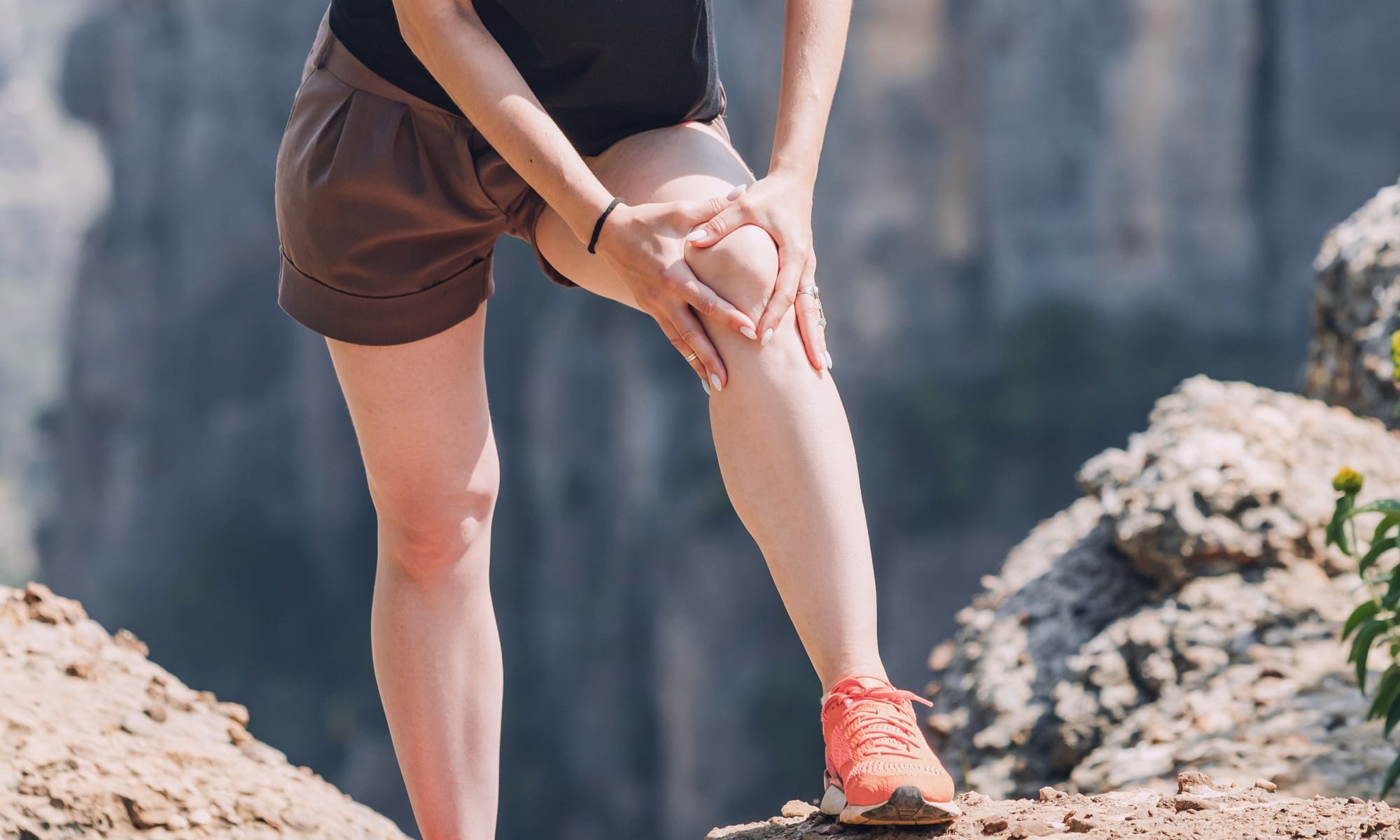Top Categories
Knee Tendon Injuries in Sports
Knee tendon injuries, commonly encountered in various sports, often involve the tendons around the knee joint, such as the patellar and quadriceps tendons. They can result from acute trauma or overuse, where repetitive stress leads to inflammation and degeneration of the tendon tissue.
The knee joint is needed for movement and bears a significant load during athletic activities. The tendons in the knee play a vital role in facilitating movement and providing stability. However, their susceptibility to injury is heightened in sports that involve jumping, rapid direction changes, or repetitive movements.
Tip 1: Prioritise Warm-Up and Stretching Exercises
Warm-up and stretching exercises prepare the body for the physical demands of sports, significantly reducing the risk of knee tendon injuries. A regular well-structured warm-up increases blood flow to the muscles and tendons, enhancing their elasticity and functionality.
Dynamic Warm-Up
Dynamic warm-ups involve active movements that mimic the sport’s specific motions, gradually increasing in intensity. Examples include leg swings, lunges, and gentle squats. This type of warm-up is typically 10-15 minutes and effectively prepares the knee tendons for the range of motion and stress they will encounter during sports.
Stretching Exercises
Stretching, particularly focusing on the muscles around the knee, is crucial. It improves flexibility and reduces tension in the tendons. Key areas to focus on include the quadriceps, hamstrings, and calf muscles. Stretching should be gentle and controlled, avoiding overextending or bouncing, which can strain the tendons.
Tip 2: Ensure Proper Technique and Training
Proper technique and training help to prevent knee tendon injuries in sports. Incorrect or suboptimal movement patterns can place undue stress on the knee tendons, leading to injury.
Technique in Sports Activities
Sports-specific techniques, such as proper jumping and landing in basketball or volleyball, help distribute forces evenly across the knee joint. Athletes should receive guidance and regular feedback from qualified coaches to refine their movements. For instance, learning to land with slightly bent knees can significantly reduce the impact on the tendons.
Strength and Conditioning
Strengthening the muscles around the knee joint, particularly the quadriceps and hamstrings, provides better support and reduces the load on the tendons. Exercises such as leg presses, hamstring curls, and calf raises are beneficial. Conditioning programs should also include exercises that improve balance and joint stability.
Personalised Training Programs
Each athlete’s body is different, and training programs should be tailored to their individual needs, considering factors like age, fitness level, and previous injuries. Personalised programs help in addressing specific weaknesses and preventing overuse injuries.
Tip 3: Choose Appropriate Footwear and Equipment
Proper gear provides support, stability, and cushioning, reducing the stress on the knees during athletic activities.
Footwear Tailored to the Sport
Different sports require specific types of footwear designed to accommodate the movements and surfaces involved. For example, running shoes provide cushioning for forward motion, whereas basketball shoes offer more ankle support and lateral stability. Athletes should choose footwear that is specifically designed for their sport to ensure maximum protection and efficiency.
Importance of Shoe Fit
Excessively tight shoes can impede blood flow, whereas overly loose shoes may result in improper foot alignment and augmented strain on the knees. Regularly replacing worn-out shoes is also important, as the loss of cushioning and support can directly impact knee health.
Use of Orthotic Insoles
For athletes with specific foot biomechanics issues, such as flat feet or high arches, orthotic insoles can provide additional support and alignment, reducing the risk of knee tendon strain. These should be custom-fitted by a professional to ensure they address the individual’s needs effectively.
Protective Equipment
In some sports, additional protective equipment such as knee braces or pads may be beneficial. These can provide extra support, especially for athletes who have had previous knee injuries or are at high risk of injury.
Tip 4: Gradually Increase Training Intensity
Sudden changes in workout intensity or duration can place excessive stress on the knee tendons, increasing the risk of injury.
Progressive Overload Principle
This principle involves gradually increasing the stress placed on the body during exercise. For knee tendons, this could mean slowly upping the duration, intensity, or frequency of activities that stress the knees. This gradual approach allows the tendons to adapt and strengthen in response to the increased demands.
Athletes should monitor their training load to ensure they are not increasing it too rapidly. Tools like training diaries, wearable fitness trackers, or consultation with a coach can help in tracking progress and making informed adjustments.
Rest and Recovery
Incorporating rest days and recovery periods into a training schedule is essential. This allows the tendons time to heal and adapt. Overlooking rest can lead to overuse injuries, as the tendons do not get sufficient time to recover from the stresses of training.
Tip 5: Recognise and Address Early Signs of Injury
Identifying symptoms early can lead to quicker interventions and shorter recovery times.
Common Warning Signs
Early signs of knee tendon injury include pain during or after exercise, swelling around the knee joint, a feeling of warmth in the knee, and stiffness or reduced range of motion. Athletes should be vigilant about these symptoms, especially if they persist or worsen over time.
Immediate Response to Symptoms
Upon experiencing any signs of tendon injury, the first step should be to reduce or stop the activities causing the pain. Applying the RICE method (Rest, Ice, Compression, Elevation) can help manage initial symptoms. Continuing to play or train through the pain can exacerbate the injury.
Seeking Professional Advice
Should symptoms continue, consulting a sports medicine specialist is recommended. They can provide a proper diagnosis and recommend a tailored treatment plan, which may include exercises, physiotherapy, or minimally invasive treatments.
Conclusion
Preventing knee tendon injuries in sports involves a combination of proper warm-up, technique, appropriate equipment, gradual training progression, and awareness of injury signs. By incorporating these five tips into their routines, athletes can significantly reduce their risk of knee tendon injuries, ensuring a longer and healthier sports career.
